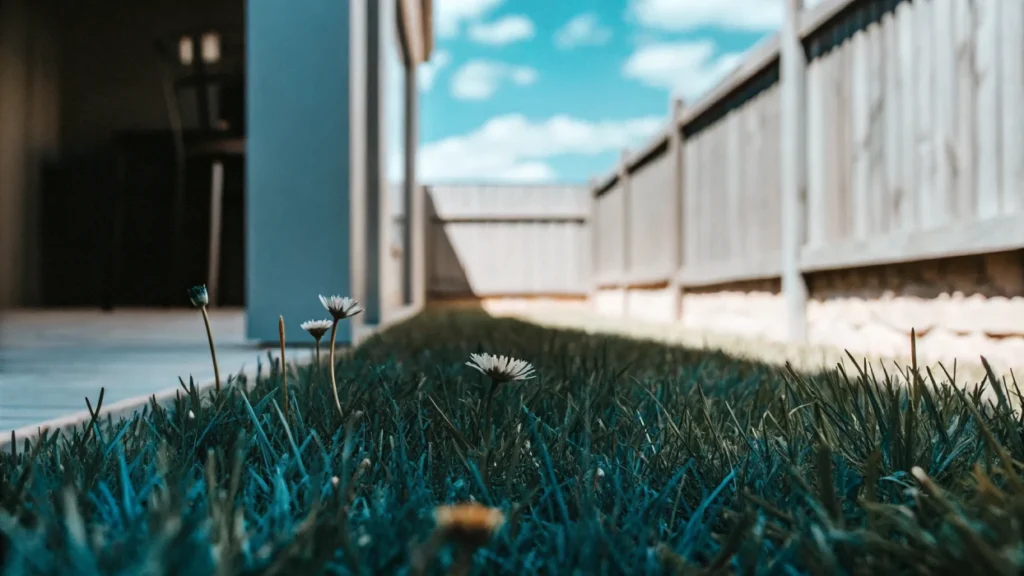

Agro-textile It protects flowerbeds, paths and vegetable patches against weeds, regulates the humidity of the substrate and reduces soil erosion. This is why it is one of the most commonly used solutions in modern horticulture and, if used properly, can last for several seasons. In practice, however, many gardeners treat it as a disposable product, which leads to unnecessary costs as well as wasted material. It is therefore worth knowing, how to extend the life of an agro-textile fabricso that you don’t waste time and money replacing it every year. Find out how to look after this popular flowerbed cover and avoid common mistakes that shorten its lifespan.
The foundation for the long-term use of nonwovens is, first and foremost, the conscious choice of the right material. Although apparently all substrates look similar, they differ in the parameters that are crucial to their durability. First of all, attention should be paid to grammage of the nonwoven fabric, i.e. the density of the plastic expressed in grams per square metre — the higher, the more durable the material. For seasonal applications (e.g. as frost protection), a lightweight non-woven fabric is sufficient 50 g/m². However, for the creation of garden beds and paths, products with a weight of 50–100 g/m².
It is equally important to match the plastic to the specific use. If the gardener does not adapt the product to the conditions of the site, durability of agro-textiles will shorten significantly. Black non-woven garden fabric is used for mulching and weed control, while white is designed to cover cold-sensitive plants. Well-chosen mulching mat will provide better stability, reduce stress and make subsequent use easier.
It is worth noting whether the product has UV filterwhich protects the fibres from rapid degradation when exposed to the sun. High-quality agro-textiles, intended into the gardenThey are more resistant to stretching, abrasion and cracking. As a result, they not only perform their function better, but are also more durable i multi-season.
Agrowoven fabric, although durable, is requires appropriate use and careso that it will last for many seasons. Inadequate substrate preparation, errors in laying the fleece or mechanical damage can significantly shorten its life. Here are some key tips to help you keep your agro-textile in excellent condition.
Thoroughly clean the area of stones, roots, weeds and other sharp objects before laying out the fabric. Uneven, sharp objects can puncture the fabric over time. For very compacted soils, consider using a thin layer of sand or fine gravel to level the area and ensure even distribution of the plastic.
Agro-textile garden fabric should be foldable loosely, without stretchingin order to avoid excessive stresses that lead to cracks over time. When mulching flowerbeds, it is worth ensuring that the edges of the fleece are protected with special fixing pins or metal pins to prevent the material from being blown up by the wind. Do not crush the substrate with large stones; this leads to distortion, accelerates degradation and hinders proper air circulation under the fleece.
When planting, cut the fabric with horticultural scissors or a segmented knife, cutting in an ‘X’ shape. Avoid cutting too close around the stems, which can cause fraying.
Do not encumber the surface with pots, boxes or heavy garden decorations. In addition, ensure adequate drainage to avoid water ponding under the fleece.
Unprotected fleece will age more quickly when exposed to the sun. Cover it with a layer of bark, woodchips, straw or gravel at least 5 cm thick. This will not only protect the material, but also improve the aesthetics of the garden.
At the end of the season, gently remove the substrate, remove soil and leaf debris. Rinse with water if necessary, avoiding strong spray. Thoroughly dry the fabric before curling in an airy, shaded area, as damp fabric can mould.
Check the plastic for damage (tears, displacements) in early spring. Repair minor damage with tape, patches or horticultural staples. If the agro-textile is removed for the winter, store it in a dry, shady place (garage, gazebo, cellar). Roll it instead of folding it into cubes to avoid deep creases. You can label the sections to facilitate reuse.
Correct maintenance of the fleece is the key to its long-term and successful use. In shop Sammler available is sustainable, high quality agro-fibre, suitable for multi-season use, ideal for both ornamental beds and organic growing. Focus on substrate preparation, correct unfolding and fastening, avoiding mechanical damage, protection from the sun, as well as proper cleaning and storage will ensure that the material will serve you for up to 4–5 years, retaining its properties.